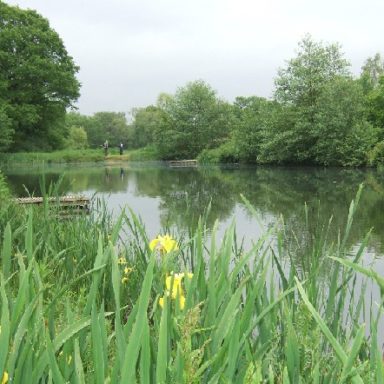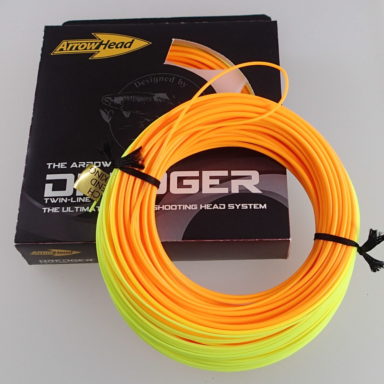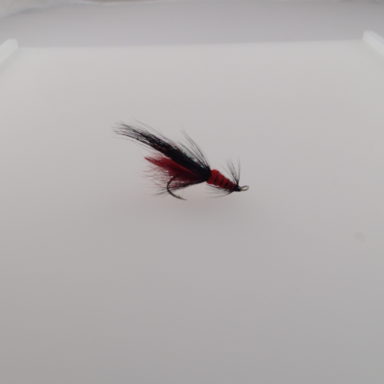A good landing net is an important piece of tackle. You don’t want the thing to let you down at the critical moment when your best fish of the year is dangling temptingly near, with the hook hanging onto a mere sliver of skin. That’s not the time to be wrestling with some collapsible wonder net that refuses to deploy
The LAW – It is now law in the UK that all landing nets used in fresh water have knotless mesh. If you are still using an old landing net with knotted mesh, you could find yourself in trouble. Replacements for the actual net bit are available at modest cost.
Trout Nets
A good net should be light but strong. It should have a simple folding mechanism and belt clip for easy carry. Ideally, it should also have an extendable telescopic handle that can be pulled out with one hand, using your foot on the net rim. There are occasions when you need extra reach to land a fish (e.g., from a high bank). I believe that a shiny net frame can frighten a fish just as you are about to net it.




